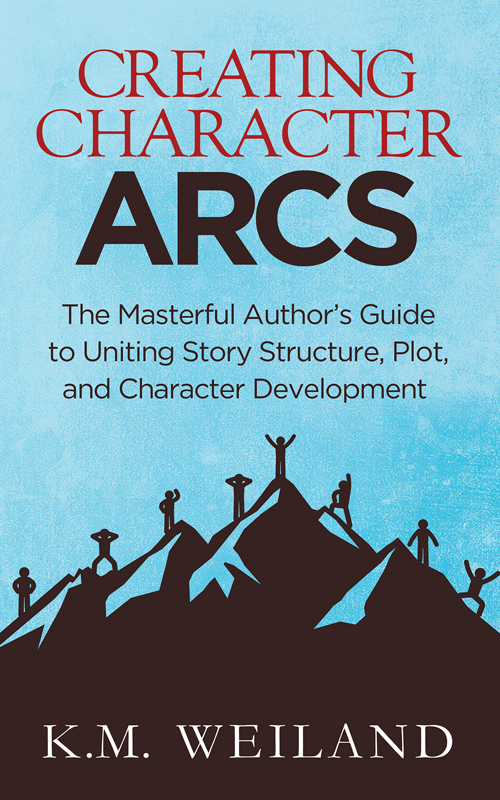
Powerful Character Arcs Create Powerful Stories
Have you written a story with an exciting concept and interesting characters—but it just isn’t grabbing the attention of readers or agents? It’s time to look deeper into the story beats that create realistic and compelling character arcs. Internationally published, award-winning novelist K.M. Weiland shares her acclaimed method for achieving memorable and moving character arcs in every book you write.
By applying the foundation of the Three-Act Story Structure and then delving even deeper into the psychology of realistic and dynamic human change, Weiland offers a beat-by-beat checklist of character arc guidelines that flexes to fit any type of story.
This comprehensive book will teach you:
Gaining an understanding of how to write character arcs is a game-changing moment in any author’s pursuit of the craft.
Bring your characters to unforgettable and realistic life—and take your stories from good to great!
Genre: LANGUAGE ARTS & DISCIPLINES / Writing / Fiction WritingOver 50,000 English copies sold.
PEOPLE HATE CHANGE. We may sit around and wish our lives were different, but when the rubber really starts streaking the tarmac, we usually find ourselves wishing we could just hang out here in our safe and familiar haunts.
Characters are no different. They resist change just as staunchly as any of us—which is a good thing. Out of resistance comes conflict; out of conflict comes plot. This is just the first of many ways in which plot and character arcs are inextricable from one another. Whether the connection is immediately evident or not, the external plot is all about the character’s inner journey.
Plot, in its simplest manifestation, is all about the protagonist’s thwarted goal. He wants something, and he can’t have it, so he keeps right on trying.
The Positive Change Arc, in its simplest manifestation, is all about the protagonist’s changing priorities. He realizes the reason he’s not getting what he wants in the plot is because either:
a) He wants the wrong thing.
b) His moral methods for achieving what he wants are all wrong.
In Dramatica, Melanie Anne Phillips and Chris Huntley point out:
One of the most common mistakes made by authors of every level of experience is to create a problem for their Main Character that has nothing to do with the story at large. The reasoning behind this is not to separate the two, but usually occurs because an author works out a story and then realizes that he has not made it personal enough.
| Language | Status |
|---|---|
|
Chinese
|
Unavailable for translation.
|
|
French
|
Unavailable for translation.
|
|
Japanese
|
Unavailable for translation.
|
|
Portuguese
|
Already translated.
Translated by Caetano Barsoteli
|
|
Russian
|
Unavailable for translation.
|